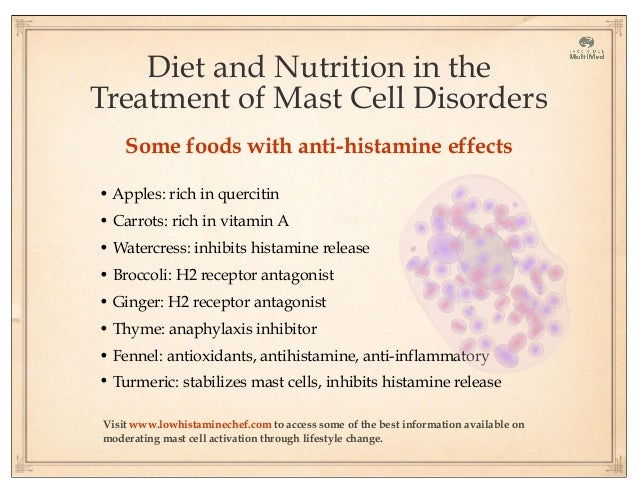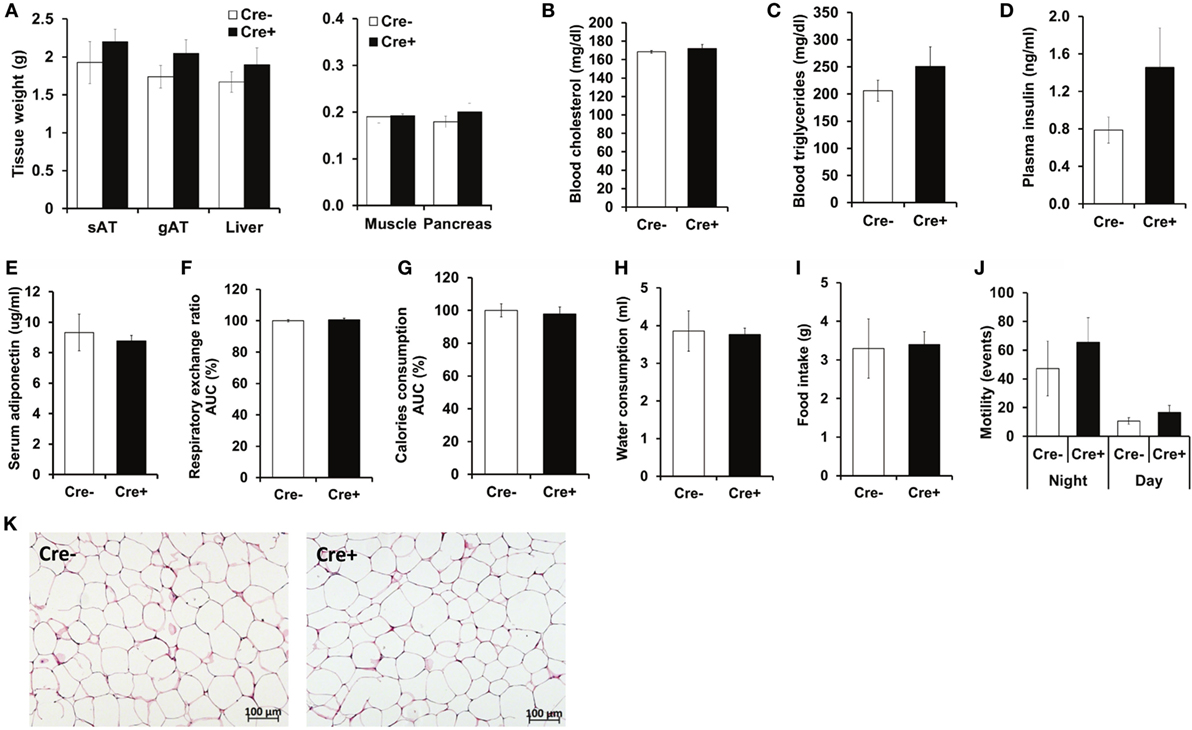Mast Cell Activation Syndrome Diet
Mast Cell Rash Mast Cell Activation Disorder Related Keywords

The primary mast cell activation disorder mastocytosis is caused by clonal proliferation of mast cells with an abnormal accumulation of these cells in tissues including the skin bone marrow and gastrointestinal tract. The World Health Organization classification of mastocytosis includes seven subtypes and their diagnostic criteria Box 1 TableMast cell activation MCA is seen in a variety of clinical contexts and pathologies including IgE-dependent allergic inflammation other immunologic and inflammatory reactions primary mast cell MC disorders and hereditary alpha tryptasemia HAT . MCA-related symptoms range from mild to severe to life-threatening.Mast cell activation syndromes MCAS represent a heterogeneous group of disorders ranging from very rare to very common caused by episodic and severe spontaneous activation and degranulation of MCs. Abnormal activation of MCs can result from two distinct pathological conditions.Mast cell activation syndrome MCAS a recently recognized non-neoplastic mast cell MC disease driving chronic multisystem inflammation allergy appears prevalent and thus important. We report the first systematic characterization of a large MCAS population. Method3. Constant irritation and random splotches of red. This happened when I walked into a new building and my skin didn t like something in the air. Mast cell is always unpredictable. . - Heidi W. 4. My most prominent reaction is my ears turn red and get blindingly hot. It s painful.
for a diagnosis of mast cell activation syndrome mcas 1 patients require 3 out of 3 diagnostic criteria 1 intermittent symptoms of mast cell activation involving at least 2 organ systems 2 improvement with pharmacologic therapy targeting mast cell mediators 3 laboratory evidence of increased mast cell mediators commercially available Mast cell activation MCA disorder may present with a postural orthostatic tachycardia syndrome-like clinical picture. Our findings indicate that the presence of MCA as the basis for postural orthostatic tachycardia syndrome-like symptoms can be suggested by certain clinical and biochemical features. What Are the Clinical Implications Mast cell activation syndrome is a heterogeneous disorder defined by a combination of 1 recurrent symptoms typical of mast cell activation 2 an increase of validated mast cell derived mediators and 3 response to treatment with mast cell stabilizing or mast cell mediator-targeted therapies.Mast cell activation disease MCAD is a condition involving hematopoietic tissue called mast cells and the enhanced release of mast cell mediators. Mast cells are found in all human tissues and secrete over 200 known mediators including histamine tryptase chemokines andmast cell activation syndrome mcas is a prevalent recently recognised highly heterogeneous syndrome of chronic multisystem polymorbidity. 17 18 this syndrome produces general themes of inflammation allergic type phenomena abnormalities in growth and development. 19 the same spectrum of effects from chronic inappropriate activation of mcs is
The MC activation seen in either mastocytosis or relatively non-proliferative MCAS often results in migratory soft tissue and or bone pain which frequently responds poorly to typical narcotic and non-narcotic analgesics as well as atypical analgesics such as antidepressants and anticonvulsants.Mast cells MCs are activated by SARS-CoV-2. Although only recently recognized MC activation syndrome MCAS usually due to acquired MC clonality is a chronic multisystem disorder with inflammatory and allergic themes and an estimated prevalence of 17 .Background Retinoic acid RA -induced dermatitis is the most frequent side-effect limiting its widespread use. However the exact mechanisms triggering dermatitis are not fully understood including the role of skin mast cells. The newly discovered Mas-related G-protein-coupled receptor-X2 MRGPRX2 in mast cells mediates pseudoallergic drug reactions in several types of dermatitis.These factors include certain comorbidities mast cell activation-related events affecting the cardiovascular or bronchopulmonary system and chemotherapy or immunosuppressive drugs. Therefore such treatments should be carefully evaluated on a case-by-case basis during a COVID-19 infection.Fig. 1 Approaches for characterizing the functions of human mast cells in disease. Mast cells play a crucial role in the development of bona fide mast cell-driven diseases such as urticaria
Mastocytosis is an uncommon abnormal accumulation of mast cells in the skin and sometimes in various other parts of the body. People may have itchy spots and bumps flushing digestive upset and sometimes bone pain or anaphylactic and anaphylactoid reactions. Symptoms suggest the diagnosis and a biopsy of the skin or bone marrow can confirm it.Most symptoms related to H T may be explained by mast cell activation and mediator release namely multiple allergies anaphylaxis and skin rash. However the genotype-phenotype correlation has not yet been clearly understood. Systemic mastocytosis H T and mast cell activation syndrome are all associated with overlapping Mast Cell Activation Syndrome MCAS is classified as an idiopathic mast cell disorder where inconsistent or unknown triggers release inflammatory mediators and cause a constellation of symptoms. Studies demonstrate mast cells increase histamine tryptase and inflammatory cytokine expression following ionizing radiation.Flushing Disorders Associated with Gastrointestinal Symptoms Part 1 Neuroendocrine Tumors Mast Cell Disorders and Hyperbasophila Clin Med Res . 2018 Jun 16 1-2 16-28. doi 10.3121 cmr.2017.1379a.Most symptoms related to H T may be explained by mast cell activation and mediator release namely multiple allergies anaphylaxis and skin rash. However the genotype-phenotype correlation has not yet been clearly understood.
A mast cell is a type of white blood cell that is found in many tissues of the body. Mast cells are allergy cells and play a role in the allergic response. When exposed to allergens substances that stimulate allergies mast cells release chemicals and compounds a process called degranulation. One of these compounds is histamine.Activating mutations in ckit the receptor for stem-cell factor such as the common Asp816 to Val D816V mutation have been implicated in the pathogenesis of mast-cell disease. 1 Despite data from in-vitro studies showing that the tyrosine kinase inhibitor imatinib is a potent inhibitor of wild type and specific mutant ckit 2 3Mast cells are immune cells of the myeloid lineage and are present in connective tissues throughout the body. The activation and degranulation of mast cells significantly modulates many aspects of physiological and pathological conditions in various settings. With respect to normal physiological functions mast cells are known to regulate vasodilation vascular homeostasis innate and adaptive To heighten awareness of this disease and inform clinicians on therapeutic options we describe a cohort of 7 patients with systemic mast cell disorders. For a diagnosis of mast cell activation syndrome MCAS 1 patients require 3 out of 3 diagnostic criteria 1 intermittent symptoms of mast cell activation involving at least 2 organ systems Mast cells are localized in tissues. Intense research on these cells over the years has demonstrated their role as effector cells in the maintenance of tissue integrity following injury produced by infectious agents toxins metabolic states etc. After stimulation they release a sophisticated array of inflammatory mediators cytokines and growth factors to orchestrate an inflammatory
Systemic mastocytosis results from proliferation and activation of an abnormal mast cell clone. It is a heterogeneous disorder with clinical manifestations ranging from skin lesions alone to aggressive multi-organ infiltration and decreased survival. Given these varied manifestations diagnosis can be difficult. We describe the case of a woman who presented with rash and diarrhoea and had a Keywords Mast cell activation disease Mast cell activation syndrome KIT mutations Pain Hydroxyurea Introduction Mast cell activation syndrome MCAS a more prevalent but only recently recognized cousin of the rare prolifer-ative mast cell MC disease mastocytosis typically causes chronic multisystem polymorbidity of a generallyIdiopathic mast cell disorders such as MCAS and primary mast cell disorders alike should not be considered a contraindication to treatment with EBRT. This patient population appears to tolerate treatment without systemic flares in symptoms. Keywords Radiation therapy Mast cell activation syndrome Allergy Breast cancer Toxicity BackgroundTake-home messages. Mast cells in both cutaneous and systemic mastocytosis may express CD4. They may also express certain other T-cell related antigens such as CD2 and CD25 but they are negative for CD3 CD5 and CD7. In mastocytosis mast cell expression of CD4 coupled with morphological plasticity could lead to diagnostic confusion.
Mast cell disorders

8 best Mastocytosis images on Pinterest Mast cell Urticaria and Cure

The 25 best Mast cell ideas on Pinterest Anti histamine foods Low

Pin by Carrie Yost on HI Mast cell activation syndrome Vasodilation

Andy Patterson AndyPattersonND Twitter Mast cell activation

Low Histamine Ginger Cardamom Breakfast Rolls Recipe for people with

MCADs and the Low Histamine Diet Low histamine diet Mast cell

Mast Cells and Mast Cell Activation Syndrome 101 What to know if you

WHAT I EAT IN A DAY WITH MAST CELL ACTIVATION SYNDROME MCAS THE LOW

MCADs and the Low Histamine Diet The Zebra Pit Low histamine diet

Living with mast cell activation syndrome . A post discussing the day-to

Mast cell activation syndromes - Journal of Allergy and Clinical Immunology
Diagnosing Mast Cell Activation Syndrome MCAS More Questions and
Nonimmunologic histamine releasers other degranulation triggers mast
Mast Cell Activation Syndrome - RestorMedicine

Frontiers No Role for Mast Cells in Obesity-Related Metabolic
